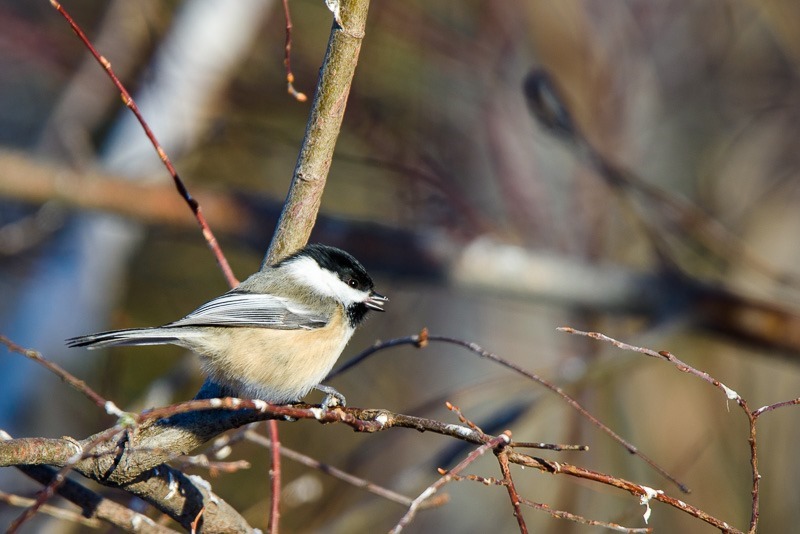I have often wondered if it were possible to see sound. I know that sounds weird. Long ago, a favourite HiFi store of mine had the slogan “Sound and Vision”. They always boasted that both go together and if well done, one could be the other. You could “see” the sound and “hear” the images.

That went a bit far for my “sober” taste, but hey, the HiFi gear from those guys was excellent.
In fact, they were the ones keeping me on the path to record things for the "fun of it. They had such good sound reproduction that it was as if you were standing in the concert hall, forest or beach. Whatever was on the demo CD at the time. Now I understand that those CDs were specially manufactured to show off their own gear, but still, it sounded great.
However, the “seeing” the sound only made sense years later, long after I got separated from my beloved stereo gear. Today the seeing is merely a representation of frequencies and volume. What everyone usually gets to see from a sound file is the waveform. It looks nice, we can see the volume of the sound, more or less, but that’s it. The Spectrogram, on the other hand, shows a lot more of the sound and its composition.
Here you can see both the waveform and the spectrogram. You can clearly follow the sound of the chickadee as well as a host of other birds and some background noise. The sound was recorded a long time ago with the Zoom H2, a recorder many people nowadays laugh about, but it was a great recorder. The spectrogram was truncated at the bottom to show the high-pitched sounds a little better.
Enjoy this little bit of nature and try to follow the sound, the notes and the noise in the spectrogram.
Until next time…
